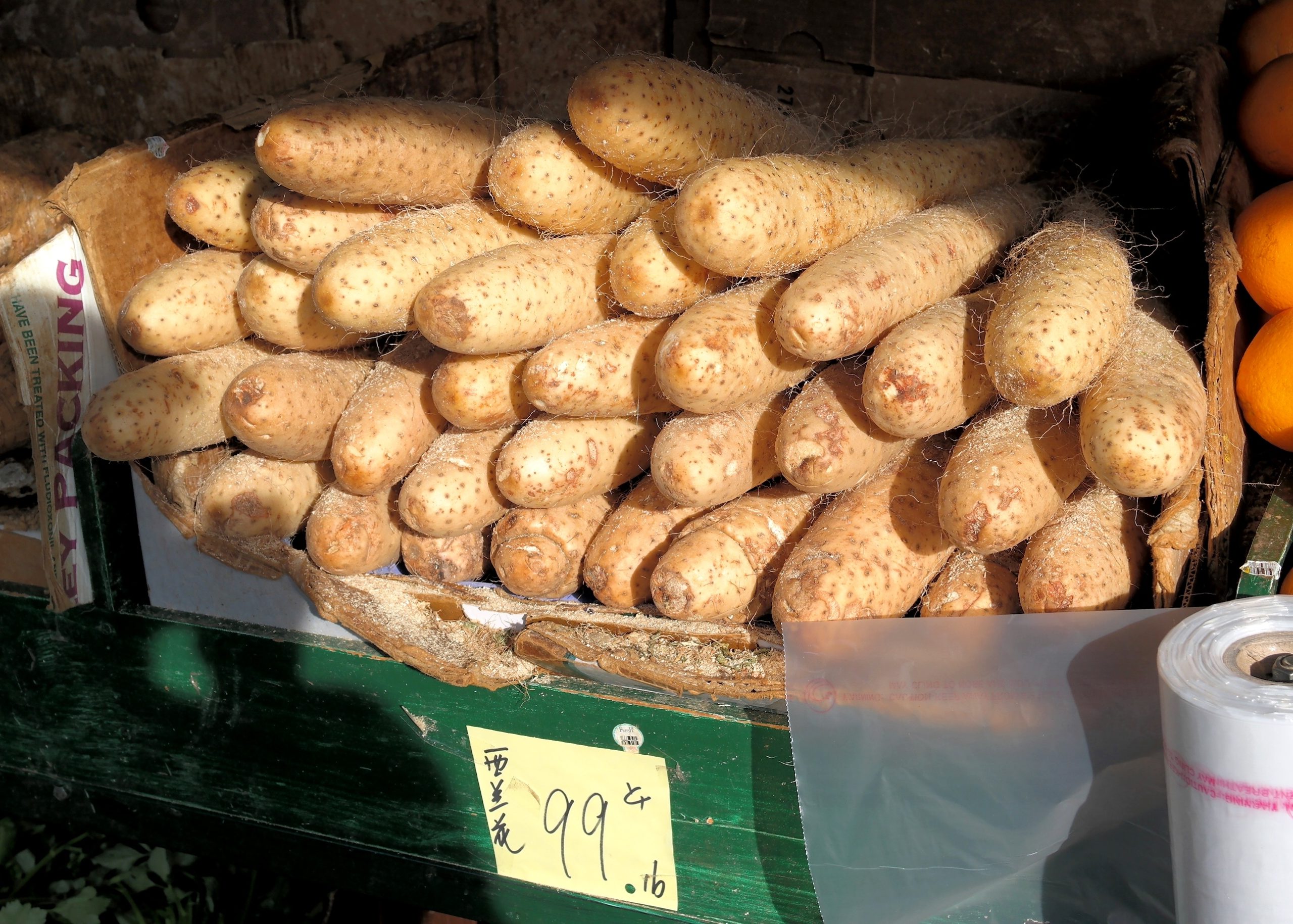If you’re interested in growing and harvesting your own yams, this comprehensive guide will provide you with all the details you need to ensure a successful yield.
Understanding Yam
Yams are tuberous roots that belong to the Dioscorea genus. They are often confused with sweet potatoes due to their similar appearance; however, yams have a starchier texture and a rough, scaly skin. They are commonly enjoyed in West African, Caribbean, and Asian cuisines, featuring prominently in soups, stews, and various side dishes.
Knowing When to Harvest
Patience is vital when growing yams. They typically take between 7 to 12 months to mature, depending on the variety and growing conditions. Here’s how to tell when they are ready for harvest:
Foliage: When the leaves of the yam plant begin to yellow and die back, it signals that the tubers are ready for harvest.
Timing: Harvest yams before frost, as cold temperatures can damage the tubers in the ground.
The Harvesting Process
When the time comes to harvest your yams, be gentle. Here’s a step-by-step guide:
Gather Tools: You’ll need a spade or a fork for digging, along with sturdy gloves.
Loosen the Soil: Start by carefully loosening the soil around the base of the plants to avoid damaging the tubers.
Digging: Gently lift the tubers from the ground. Be sure to keep your tools at a safe distance from the tubers to prevent cuts or bruising.
Handling: Place the harvested yams in a basket or on a soft surface to prevent bruising.
Post-Harvest Care
Once you’ve harvested your yams, it’s essential to handle them correctly:
Cleaning: Remove any excess soil by gently brushing, but avoid washing them until you’re ready to use.
Curing: Allow the yams to cure in a warm, dry place for about one to two weeks. This process helps improve their flavor and texture.
Storage: Store your cured yams in a cool, dark place with good ventilation. They can last for several months when stored correctly.
Choosing the Right Variety
Several varieties of yam are cultivated around the world, each with its own unique flavor and texture. Here are some popular types to consider:
White Yam (Dioscorea rotundata): Highly prized in Africa, this variety is starchy and can be boiled, roasted, or pounded.
Water Yam (Dioscorea alata): This variety is usually sweeter and is often used in desserts.
Yellow Yam (Dioscorea cayenensis): With a vibrant yellow flesh, this type has a rich flavor, making it a popular choice for various dishes.
Before you plant, ensure you select the variety that aligns with your culinary preferences and regional growing conditions.
Preparing for Planting
To grow yams, you will need to prepare adequately:
Location: Choose a sunny spot in your garden with well-drained soil. Yams thrive in warm climates and require full sun for optimal growth.
Timing: Plant yams in late spring or early summer after the last frost has passed. This will give them the warm soil temperatures they need to thrive.
Planting Yam
Seed Selection: Use healthy yam tubers as seed yams. Cut larger tubers into smaller pieces, ensuring that each piece has at least one growing bud, commonly known as an “eye.”
Soil Preparation: Work your soil to a depth of at least 12 inches, mixing in compost to provide nutrients.
Planting: Plant the tuber pieces upright about 4-6 inches deep and 3-4 feet apart to allow for adequate growth.
Caring for Your Yam Plants
Yams require consistent moisture but should not be waterlogged. Here are tips for maintaining healthy plants:
Watering: Provide regular watering, especially during dry spells. The aim is to keep the soil consistently moist but not soaked.
Mulching: Apply mulch around the plants to retain soil moisture and suppress weeds.
Fertilizing: Use a balanced fertilizer high in potassium and phosphorus to promote healthy growth.
Conclusion
Growing and harvesting yams can be a rewarding experience, whether you’re an experienced gardener or a beginner. With this guide, you can confidently plant your yams and look forward to enjoying the fruits of your labor. Whether you choose to use them in traditional recipes or experiment with new





